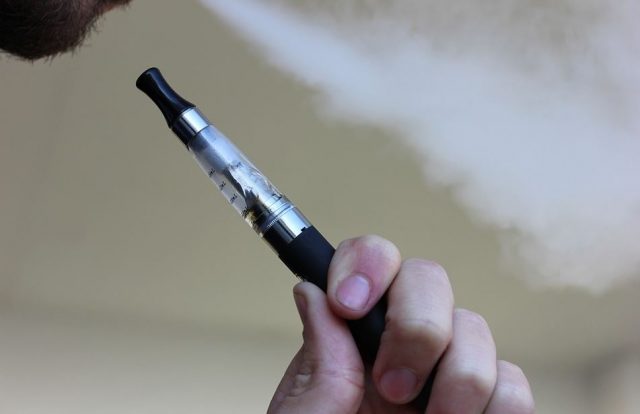The popularity of e-cigarettes is driven in part by the fact that they do not contain the same high levels of toxins and carcinogens as do combustible cigarettes, and the growing recognition of their usefulness as a smoking cessation tool. The level of nicotine contained in e-cigarettes and vape juice has raised some questions, especially since Stanford researchers have claimed that a “nicotine arms race” is going on in the e-cigarette industry, suggesting that purveyors are in a rush to provide products with higher nicotine levels.
The Stanford claim overlooks two things: Vaping is becoming a generally accepted method for smoking cessation, and many e-cigarette vendors are also offering products that are completely nicotine-free.
Why add nicotine at all?
Clinicians provide a variety of smoking cessation tools to smokers, all of which contain nicotine. Patches and gum, two of the most commonly-used tools, deliver nicotine to the smoker without the harmful smoke. The reason for that is that nicotine, not the smoke itself, is the addictive agent that causes people to become addicted to cigarettes. Like patches and gum, when smokers use e-cigarettes as a means of quitting smoking, they deliver nicotine without the harmful effects of tobacco smoke.
A benefit of using e-cigarettes in this way is the ability to choose vape liquids with progressively lower percentages of nicotine, and ultimately, liquids with no nicotine at all. Studies have shown that e-cigarettes are more effective as a smoking cessation tool than are other nicotine replacement therapies, with the New England Journal of Medicine reporting that a one-year abstinence rate was 18 percent in an e-cigarette trial group, with 9.9 percent in the group using other nicotine-replacement therapies.
Why nicotine replacement therapies fail
Vapor Authority reports on Harvard School of Public Health reports pointing to the failure of standard nicotine replacement therapies (NRT), noting that the Harvard study showed that a third of adult smokers who quit using an NRT had relapsed, and that the relapse rate was the same as for those using NRTs as those without, regardless of whether they received professional counseling.
The blog notes that, according to Greg Conolly, director of the Center for Global Tobacco Control at Harvard School of Public Health, “NRTs and other nicotine-related products are not an indefinite solution. Rather, they are designed to ameliorate withdrawal symptoms, which can occur from the initial time of quitting until about six months out. NRTs are then no longer used once the withdrawals go away; however, temptation or other factors are not addressed by physical nicotine therapies.”
That’s the key to NRT’s failure – it addresses the immediate concern of nicotine withdrawal, but it does not address the smoker’s desire to smoke. Vaping, on the other hand, does – and it provides a longer-term solution that can continue to satisfy the psychological desire to smoke, long after nicotine withdrawal has run its course. This of course, is the prevalence of nicotine-free vaping liquids, which provide the sensation of smoking, without the chemicals and nicotine.
The benefits of nicotine-free vaping
For those who wish to quit smoking, NRTs such as a patch does not satisfy the urge to smoke, nor do they provide a meaningful replacement for the sensation that smokers enjoy. Vaping without a nicotine-based e-juice does offer that sensation, while also delivering a smoother experience without the harsh chemicals. Also, the flavors of nicotine-free e-juices tend to be more pronounced and pleasing. Smoking, or vaping, isn’t all about nicotine and smoke – it’s about a sensation. Vaping can provide that sensation, if the user chooses, through nicotine-free e-juices that can easily replace the desire for nicotine much better than traditional nicotine replacement therapies.

A professional writer with over a decade of incessant writing skills. Her topics of interest and expertise range from health, nutrition and psychology.


